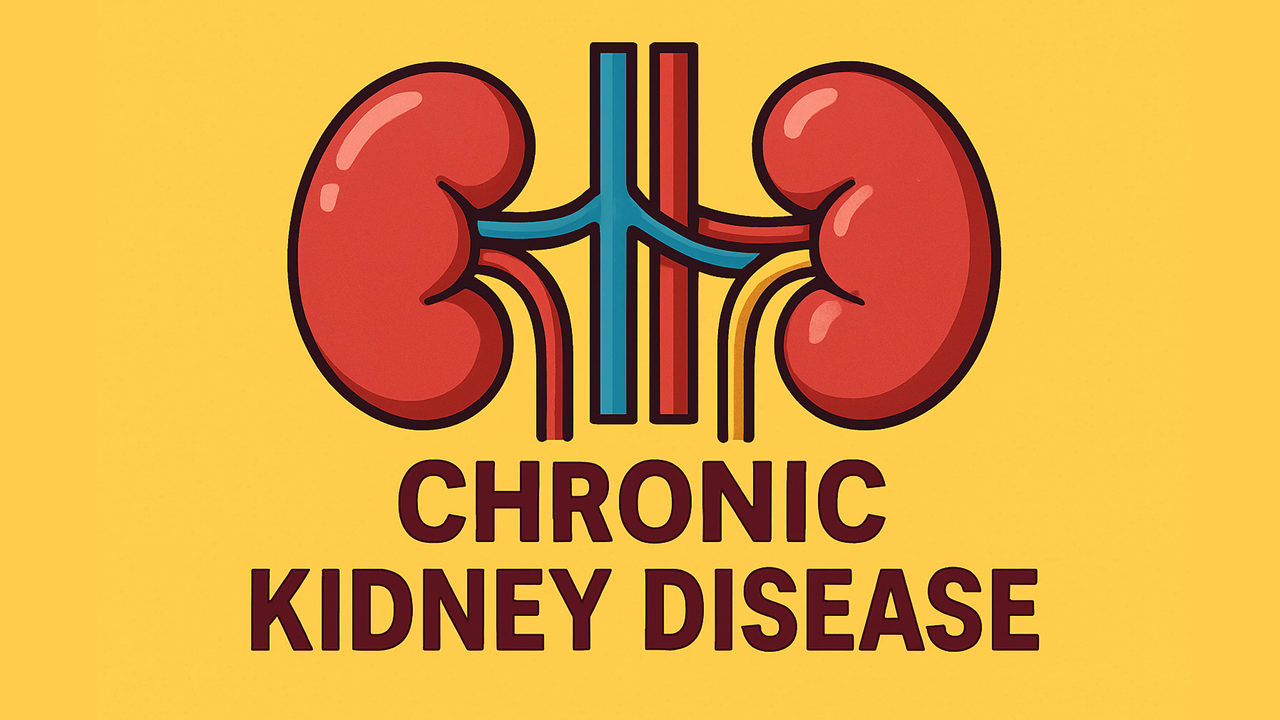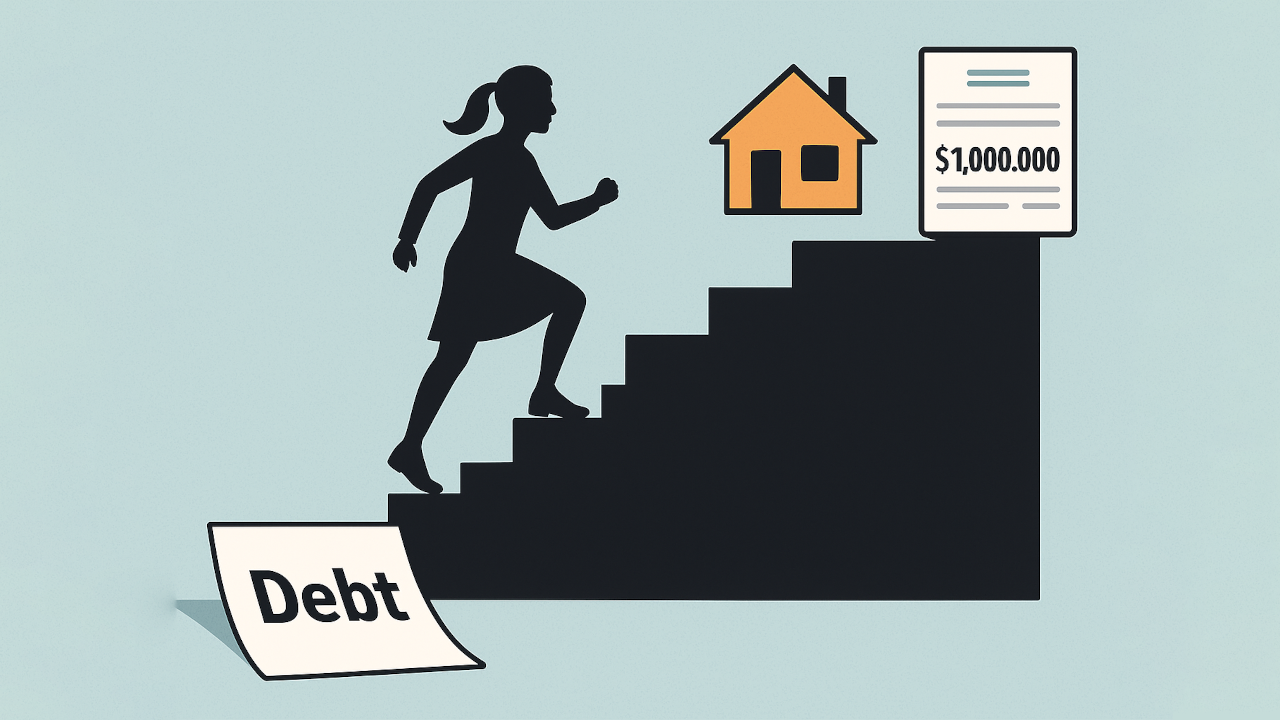How Much Can Bringing Lunch to Work Save You?
Two co-workers enjoying a Japanese bento at work.
Why Workday Meals Matter More Than You Think
Remote work blurred lunch routines, yet millions still commute and grab pricey café meals. A single sandwich‑and‑coffee combo can top $20 in many cities. Multiply that by five workdays and the total quietly rivals a car payment. With food inflation outpacing wage growth [1], understanding the price gap between restaurant food and homemade meals is one of the simplest ways to reclaim disposable income.
A 2024 survey found employees spend about $60 per on‑site day when commuting, parking, and dining are tallied [2]. Even if transportation costs drop, restaurant meals remain the biggest variable expense you can control—sometimes within a week.
This guide uncovers the hard numbers, showing how a modest meal‑prep habit can put thousands back into a bank account while improving health, energy, and sustainability.
The Hidden Price Tag on “Convenience” Meals
Average Costs Around the World
| Meal Type | Typical U.S. Price | High‑Cost Regions | Lower‑Cost Regions |
| Café Breakfast & Coffee | $13 – $15 | $18 – $22 (Switzerland) | $4 – $6 (India) |
| Fast‑Casual Lunch | $10 – $15 | $25 – $30 (Nordic capitals) | $5 – $7 (Philippines) |
| Sit‑Down Lunch | $18 – $25 | $35 + | $8 – $10 |
Global databases such as Numbeo verify wide regional gaps [3], yet the markup vs. home cooking remains similar everywhere.
What Does a Homemade Meal Cost?
Bread, lean protein, vegetables, fruit, and a reusable water bottle often total roughly $4 – $6 per serving in the U.S.
Batch‑cooked meals (pasta, chili, grain bowls) can dip below $3 per portion when ingredients are bought in bulk.
Tufts University also notes that 92 % of restaurant meals overshoot ideal calorie limits and often contain more sodium and sugar than home‑cooked fare [6]. You pay extra money while compromising nutrition.
How Savings Stack Up Over Time
Using a conservative difference of $10 saved per lunch when choosing homemade over a $15 purchased meal:
| Lunches Bought per Week | Weekly Cost | Weekly Savings | Annual Savings |
| Five (daily habit) | $75 | — | — |
| Three | $45 | $30 | ≈ $1,500 |
| Two | $30 | $45 | ≈ $2,250 |
| One | $15 | $60 | ≈ $3,000 |
Swap in breakfast and coffee (another $10‑plus daily in many regions) and yearly savings easily top $4,000 for someone who switches most workdays to homemade food.
What Happens When Those Lunch Savings Are Invested?
Redirecting your new-found cash to a low‑cost index fund or dividend ETF earning an assumed 10 % total return each year (≈ 0.83 % monthly) and reinvesting a 4 % yield paid monthly turns a modest habit shift into serious capital growth. Every skipped café sandwich becomes a micro‑investment that compounds: each month the $167 or so saved (≈ $2,000 a year when you limit take‑out to once a week) buys additional fund units; their dividends purchase still more units, and the snowball gathers pace. Because returns accrue on both principal and the steadily growing dividend pile, the curve bends upward surprisingly fast.
Scale that discipline over five and ten years and the numbers rival a fully‑funded emergency account—or the down‑payment on a home. The table below models four realistic annual‑saving scenarios from the earlier section and assumes those dollars are invested at the 10 % rate with dividends reinvested monthly. Even the conservative “three bought‑lunches a week” saver can cross the five‑figure mark in half a decade; push the savings to $4,000 a year (by adding home‑brewed coffee and breakfast) and the ten‑year pot exceeds $68 k.
Using an investing calculator, we get the following 5 and 10 year projections:
| Annual Savings Re‑invested | Value After 5 Years | Value After 10 Years |
| $1,500 (3 lunches out/wk) | ≈ $9,700 | ≈ $25,600 |
| $2,000 (1 lunch out/wk) | ≈ $12,900 | ≈ $34,100 |
| $3,000 (rarely eat out) | ≈ $19,400 | ≈ $51,200 |
| $4,000 (add breakfast & coffee savings) | ≈ $25,800 | ≈ $68,300 |
Calculations use monthly contributions (annual savings ÷ 12) compounded at 0.83 % per month; all dividends are assumed reinvested immediately.
Beyond Dollars: Why Homemade Wins
Health and Energy
Home meals mean controlled portions, less hidden sugar, and healthier fats.
Balanced macros lead to steadier afternoon energy versus the “food‑coma” slump.
Time Efficiency
No queues, traffic, or delivery waits—more of the lunch break is yours to relax, walk, or network.
Environmental Impact
Reusable containers and cutlery reduce single‑use packaging waste.
Bulk grocery shopping slashes food miles compared with daily take‑out runs.
Mental Freedom
Skipping checkout lines eliminates decision fatigue—lunch is packed, ready, and paid for.
Practical Tips That Make Brown‑Bagging Stick
Batch‑prep on Sundays – large pots of soup, grain bowls, or sheet‑pan dinners portioned for the week.
Leverage leftovers – tonight’s stir‑fry becomes tomorrow’s burrito filling.
Upgrade gear – sturdy, leak‑proof containers and an insulated bag maintain freshness and cut plastic waste.
Keep a snack stash at work – nuts, fruit, or yogurt curb vending‑machine impulses.
Rotate recipes for variety – switch proteins and sauces so lunch never feels repetitive.
Track savings visibly – transfer each skipped café purchase into a “lunch fund” and watch motivation soar.
A gradual approach works best: aim to pack lunch two days a week, then ramp up. Even partial commitment delivers triple‑digit monthly savings.
Conclusion: Small Habit, Large Payoff
Bringing lunch to work is a simple, high‑impact financial lever. Swapping one daily habit can save $2,000–$3,000 every year, reduce calorie intake, and reclaim valuable break‑time minutes. Add breakfast or coffee from home and the payoff compounds.
Ready to test the difference? Pack tomorrow’s lunch tonight, track what stays in your wallet for a month, and decide if restaurant convenience is worth the premium. Chances are, you’ll keep the new habit—and the extra cash.
References
Hoffman, A. (2024, August 19). How much does it cost you to go to work? Business News Daily. https://www.businessnewsdaily.com
Mensik, H. (2024, October 21). Workers spending more than $60 daily to work from the office. WorkLife News. https://www.worklife.news
Numbeo. (2025). Price rankings by country of meal, inexpensive restaurant. https://www.numbeo.com
Layton, J. (2011, October 10). How much cheaper is it to pack your own lunch? HowStuffWorks. https://money.howstuffworks.com
Tufts University Health Sciences Center. (2016, January 20). Meals at 92 percent of dining establishments tip the scales. ScienceDaily. https://www.sciencedaily.com
Cashman, K. (2017, October 30). How to save $2,940 a year by bringing lunch to work. Cash & Kerry. https://www.cashandkerry.com
About the Author
Harry Negron is the CEO of Jivaro, a writer, and an entrepreneur with a strong foundation in science and technology. He holds a B.S. in Microbiology and Mathematics and a Ph.D. in Biomedical Sciences, with a focus on genetics and neuroscience. He has a track record of innovative projects, from building free apps to launching a top-ranked torrent search engine. His content spans finance, science, health, gaming, and technology. Originally from Puerto Rico and based in Japan since 2018, he leverages his diverse background to share insights and tools aimed at helping others.































